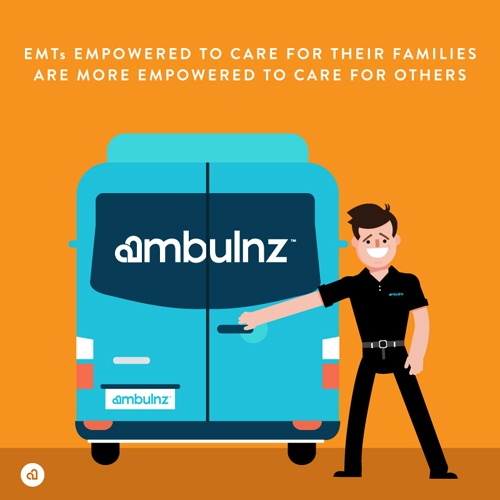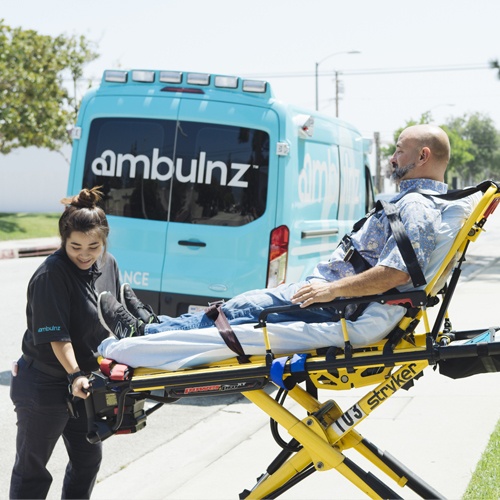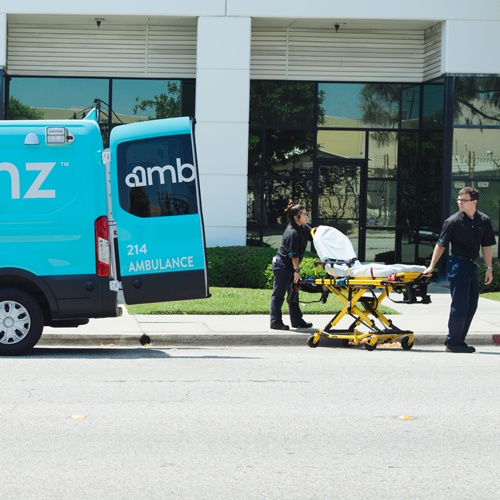By: Stan Vashovsky, Ambulnz CEO
While everyone in non-emergency medical transportation should agree the patient is our first priority, the interesting thing about what we do is that our direct customers are really the caregivers with whom we share patient responsibility.
For the nurses and case managers who rely on our services, it is critical that we are viewed not just as a medical transportation service, but as partners in patient care.
The reality, however, has created a much different perception among caregivers – one that we as an industry MUST address.
In my conversations with caregivers who regularly utilize EMT services, I’ve heard many of the same complaints. Most revolve around the notion that ordering medical transportation for a patient has become an onerous task that is too complex and time-consuming.
At the very moment when caregivers should be focused on a smooth transition for the patient – managing an orderly discharge, providing instructions for homecare and arranging follow up appointments – dealing with a difficult and inefficient process for simply ordering an ambulance is the last thing they need.
"In most places, ordering an ambulance is still done by picking up the telephone and negotiating an arrival time. Often, calls to more than one provider are required to find an ambulance with the right availability."
Add to this the challenge of meeting Medicare rules and obtaining pre-approvals from insurance companies, all of which makes the process more difficult and time-consuming due to the number of questions that need to be answered for the increased documentation required of the providers.
Once the ambulance has been scheduled the frustration might just be starting, as in most cases there is no way to track the ETA, and if the rig is running late it may force additional calls from the caregiver to the dispatcher to get status updates.
All of this creates a tremendous time management issue, but perhaps more dire is the impact on patients and their loved ones, who the caregivers need to keep informed and as stress-free as possible. And multiply all this pressure by 10 or 20 depending on the number of patients caregivers and case managers are juggling at any time.
For caregivers, the handoff from the medical facility to the ambulance doesn’t end their anxiety about the patient’s wellbeing.
Case managers and nurse caregivers are often the closest individuals in the care continuum to their patients, guiding them through their stays, reducing fragmentation in care delivery and increasing the quality of services provided.
The best case managers and caregivers understand that quality of care across the healthcare continuum has an impact on their patients, and they seek providers with a strong reputation and track record. The movement toward value-based healthcare is forcing improvements in performance and accountability, which means caregivers will increasingly be measured by patient outcomes.
They simply won’t tolerate weak links in the healthcare ecosystem that jeopardize those outcomes – even from transportation providers. They need to feel a great sense of comfort that their patients are receiving professional and attentive care when they leave the medical facility.
So what can we do as an industry to address the situation?
There’s not one simple answer as it will take a combination of things to address these needs, among them better technology, improved training and greater clarity on the regulations governing reimbursements.
While some of this is out of our control as an industry, we can certainly operate with greater transparency, providing accurate ETAs and real-time updates. Ordering an ambulance should be as easy as using your smartphone, tablet or computer.
The industry should also adopt technology and processes that enable “on demand” provision of ambulances, increasing the efficiency with which fleets operate and the ability to meet the increasing demands of an aging population. The technology to do all this exists today, but it must be customized for our industry.
When the ambulance arrives, caregivers and their patients deserve the most professional treatment from the EMTs, who should both come out of rig, introduce themselves, get all the relevant medical information they need and perform all the necessary steps to ensure patient is stable and ready for the transport.
This is all about demonstrating a level of compassion for patients that fills caregivers and case managers with complete confidence about the patient’s care and overall experience when they leave the medical facility.
If we do that, everyone wins. Caregivers can divert time spent securing an ambulance to actual patient care. Patients benefit from a more positive experience throughout the healthcare continuum. EMTs become more fulfilled in their jobs.
And our EMT industry shifts from being seen as little better than a taxi service to being a vital lifeline within the healthcare community.






